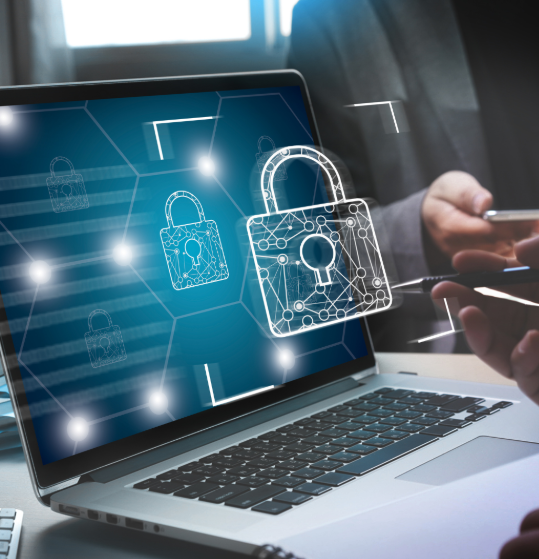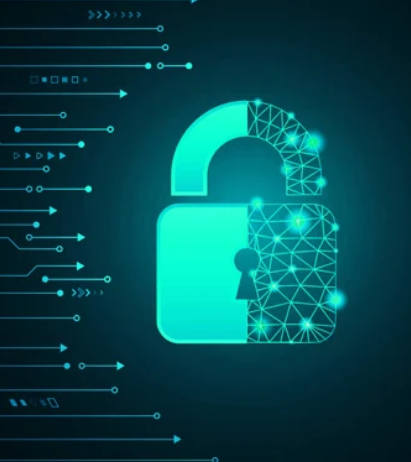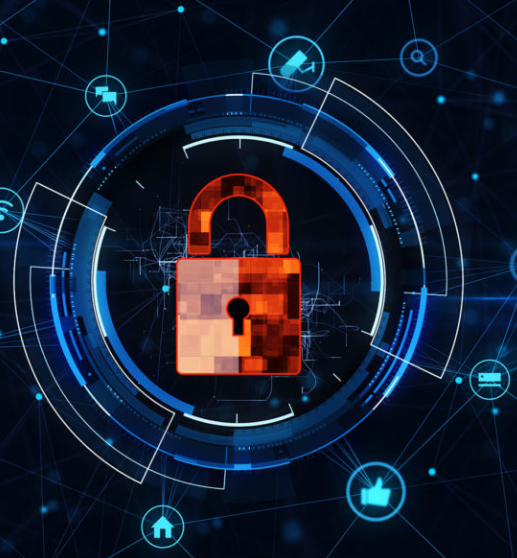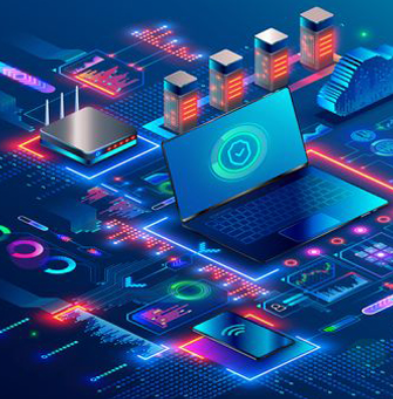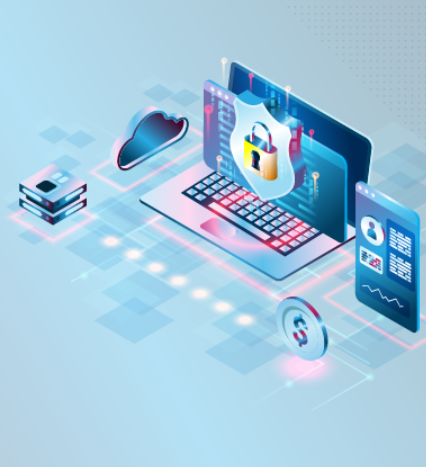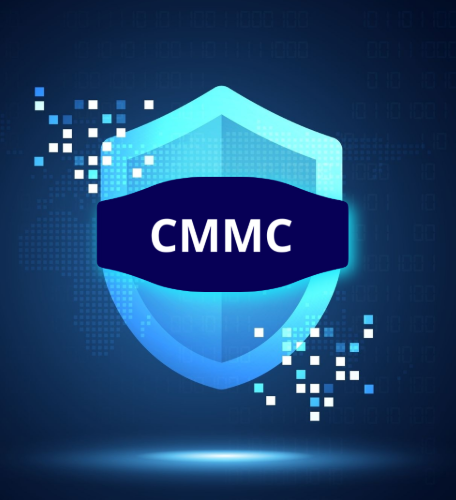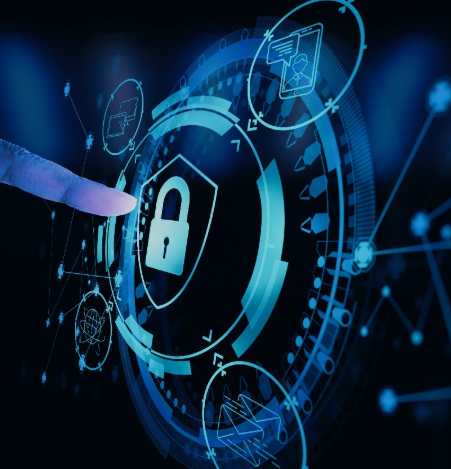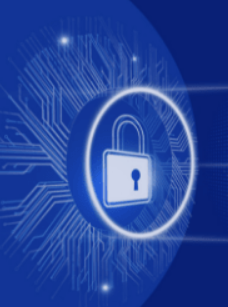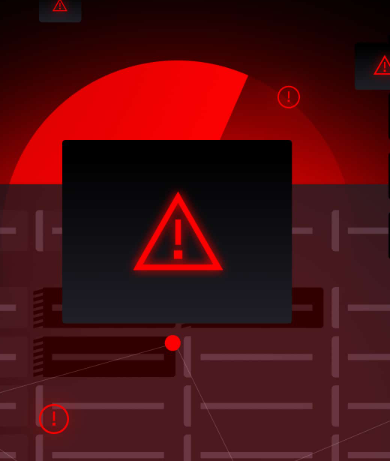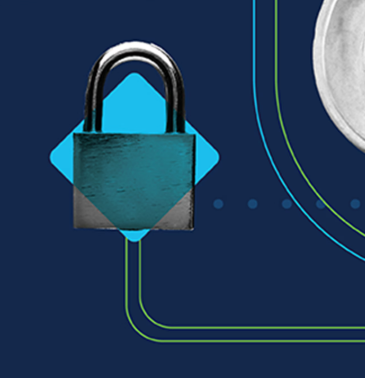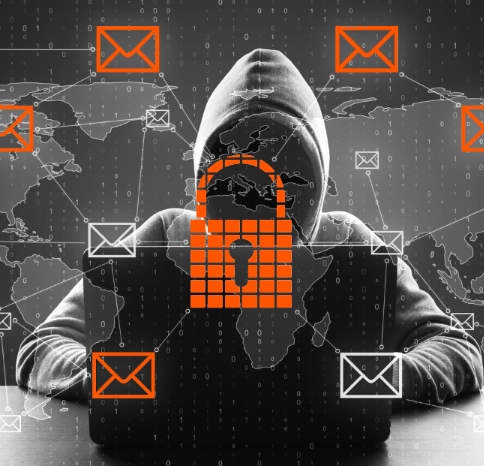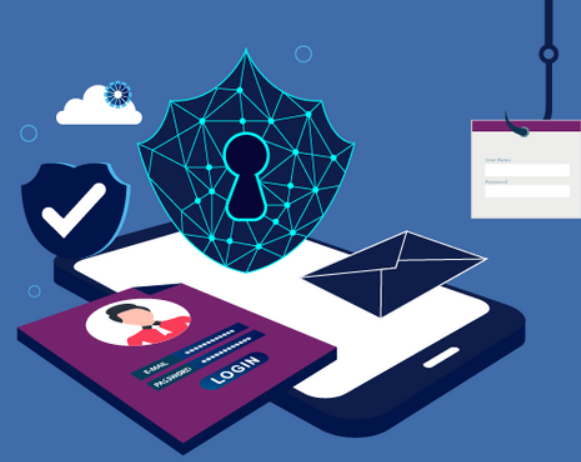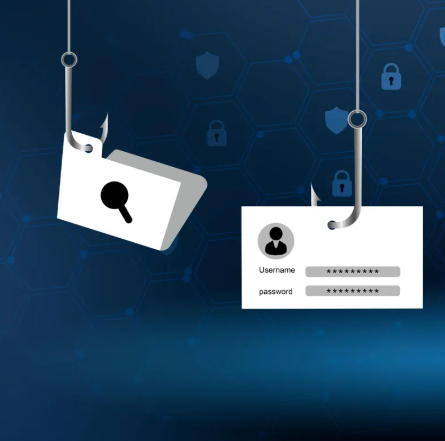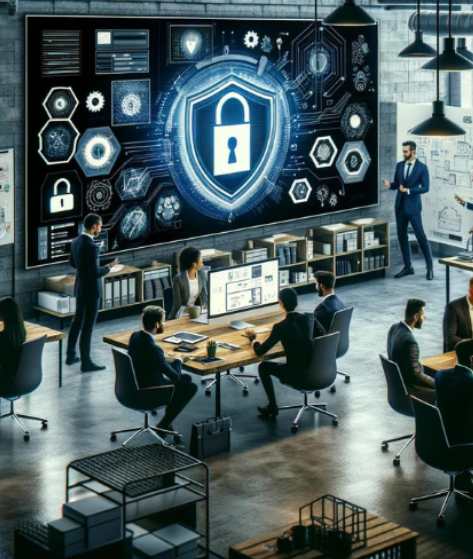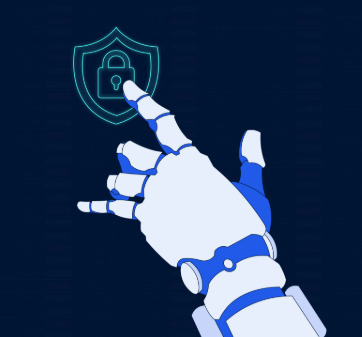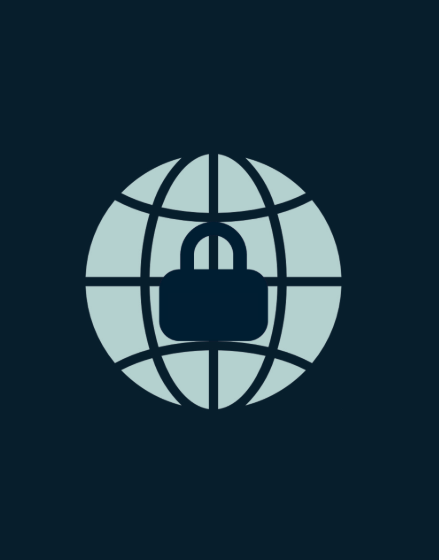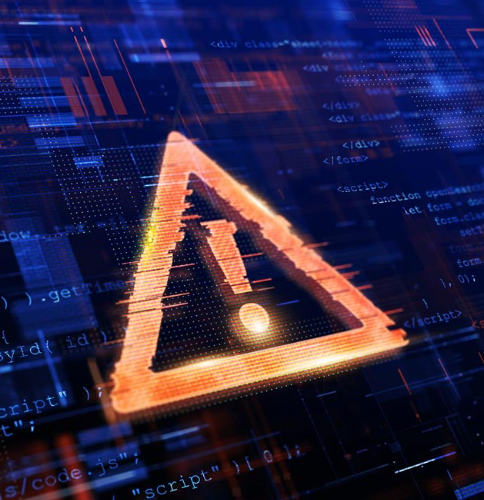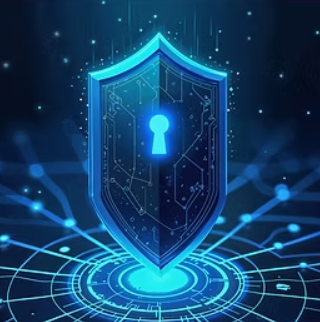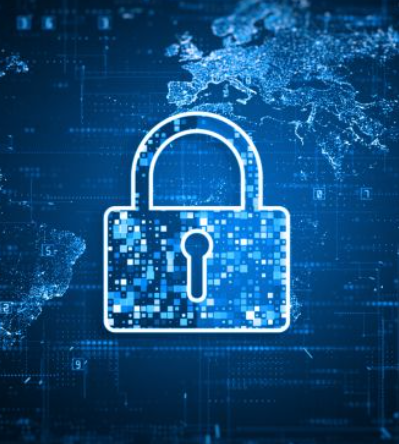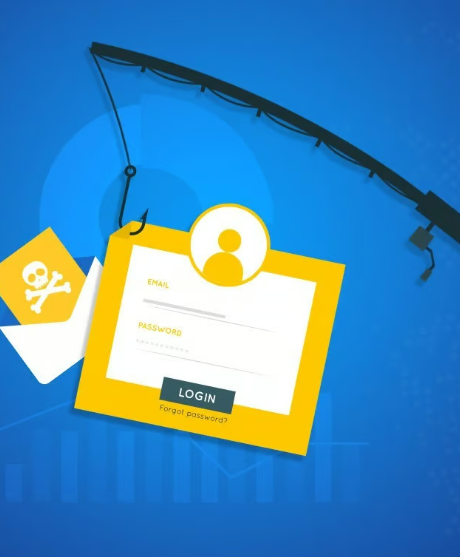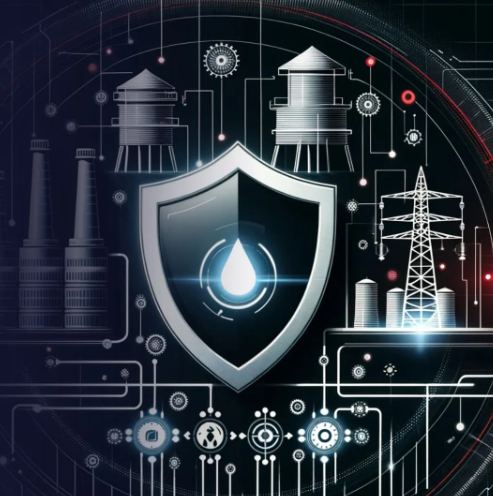
The utility sector is essential for providing services like electricity, water, and gas, but its increasing dependence on digital systems has made it a prime target for cyberattacks. Effective threat detection in utilities is crucial to prevent disruptions, protect sensitive data, and ensure seamless service delivery. By adopting advanced technologies, utility companies can bolster their cybersecurity measures and stay ahead of emerging cyber threats.
The Rising Need for Cybersecurity in Utilities
Cyberattacks on utilities are becoming more frequent, as attackers target vulnerabilities in both IT and Operational Technology (OT) networks. Threat actors, including cybercriminals and nation-state groups, aim to infiltrate utility systems to disrupt services or steal valuable data. Without proactive threat detection, utilities are exposed to serious risks such as financial losses, regulatory fines, and damage to their reputation.
Did You Know?
Over 40% of cyberattacks on utility companies remain undetected for extended periods, which increases the risk of operational shutdowns and data breaches.
Key Elements of Effective Threat Detection in Utilities
1. Real-Time Monitoring
Continuous monitoring of both IT and OT environments allows for the early detection of anomalies, helping to reduce response times and prevent incidents from escalating into more significant problems.
2. AI-Powered Threat Intelligence
Advanced threat detection solutions utilize artificial intelligence (AI) and machine learning (ML) to analyze network traffic, identify unusual patterns, and predict potential cyberattacks, making them more effective in detecting emerging threats.
3. Behavioral Analysis
By examining typical user and system behaviors, utilities can identify suspicious activities that may indicate either insider threats or external intrusions into their systems.
4. Automated Incident Response
Automated threat detection tools enable rapid response to cyber threats, which minimizes downtime and reduces potential damage to critical systems.
5. Integration with SIEM and SOC
Security Information and Event Management (SIEM) systems and Security Operations Centers (SOC) provide centralized visibility into security events, enabling coordinated and efficient threat responses.
Benefits of Advanced Threat Detection in the Utility Sector
1. Minimized Downtime
By quickly detecting and responding to threats, utilities can avoid service disruptions, ensuring that operations continue smoothly and without interruption.
2. Improved Regulatory Compliance
Advanced threat detection solutions help utilities meet industry-specific regulatory requirements, such as NERC CIP and NIST, by providing continuous monitoring and generating audit-ready reports.
3. Proactive Risk Management
With effective threat detection in place, utilities can anticipate and neutralize potential threats before they escalate, shifting from reactive to proactive cybersecurity management.
4. Faster Incident Response
AI-powered analytics and automation enable faster decision-making and response to security incidents, reducing the impact of breaches.
5. Increased Customer Confidence
Robust cybersecurity measures reassure customers and stakeholders that essential services remain secure, reliable, and protected against cyber threats.
Strengthening Threat Detection in the Utility Sector
To enhance their cybersecurity defenses, utility organizations should:
- Deploy Continuous Monitoring: Implement real-time monitoring solutions that provide comprehensive visibility into both IT and OT networks.
- Leverage Threat Intelligence: Use AI-driven tools to detect and respond to new and emerging threats more effectively.
- Automate Security Responses: Integrate automated workflows to quickly neutralize threats and mitigate risks.
- Ensure Compliance with Regulations: Adopt cybersecurity frameworks that align with industry regulations to avoid legal and financial risks.
- Collaborate with Cybersecurity Experts: Partner with professionals like BitLyft AIR® to improve threat detection capabilities and stay ahead of potential threats.
By strengthening threat detection capabilities, utility companies can enhance their cybersecurity posture, reduce risks, and safeguard critical infrastructure from evolving cyber threats.



